To view these comments in PDF form, click HERE.
Dear Director Kornze:
Please accept these comments on the Bureau of Land Management’s (BLM’s) proposed regulations governing Onshore Oil and Gas Operations; Federal and Indian Oil and Gas Leases; Site Security. Taxpayers for Common Sense urges you to finalize these regulations as soon as possible, with some minor amendments discussed below, and to complete expeditiously the anticipated further rulemakings on Oil Measurement and Gas Measurement.
Taxpayers for Common Sense is a national, non-partisan budget watchdog organization that promotes sound fiscal policy across the federal government. Since 1995, we have actively worked to ensure that taxpayers receive a fair return on ALL resources extracted or developed on federal lands and waters, including hardrock minerals, oil and gas, coal, wind and solar.
Need for the Rule
We are pleased to see this proposal to upgrade the oil and gas operations and site security regulations. These rules are an essential feature of the Department of the Interior’s mandate to ensure timely and complete collection of royalties due the taxpayer, under the Federal Oil and Gas Royalty Measurement Act of 1982 (FOGRMA).
Coupled with other rulemakings underway on issues of oil and gas valuation, royalty rates, and lost gas, updating Onshore Oil and Gas Order No. 3, Site Security (Order 3) is necessary to prevent federal rules from falling out of step with modern oil and gas development. As the proposed rule notes, the FOGRMA measurement regulations have not been updated since 1989, and that “industry practices and technologies have changed significantly in the intervening 25 years. [1]
Revenue from federal resources is important to federal taxpayers, as it is one of the largest non-tax revenue streams for the federal government, and an important resource for the states where mining on federal leases occurs. “In fiscal year (FY) 2014, onshore Federal oil and gas leases produced about 148 million barrels of oil, 2.48 trillion cubic feet of natural gas, and 2.9 billion gallons of natural gas liquids, with a market value of more than $27 billion and generating royalties of almost $3.1 billion. Nearly half of these revenues were distributed to the States in which the leases are located.” [2]
The existing regulations and their implementation have been inadequate since the time they were adopted and have been the subject of repeated criticism. In 1992, a comprehensive congressional report on the problems with oil and gas royalty collections, while focused on problems within the Minerals Management Service, discussed at length the shortcomings of BLM’s measurement, inspection and enforcement at oil and gas leases. [3] BLM itself acknowledged the inadequacy of the regulations more than two decades ago as well, having twice previously published proposed rule changes in 1994 and 1998. [4] In 2010, Government Accountability Office (GAO) found that “Interior’s policies and practices did not provide reasonable assurance that oil and gas produced from federal leases was being accurately measured.” [5] As a result, GAO included the BLM's onshore oil and gas program on its High Risk List in 2011, 2013, and 2015. [6] In May, GAO reported, “Until its regulations better reflect current measurement technologies and standards, Interior cannot provide reasonable assurance that companies have a consistent and sound basis from which to measure the production of oil and gas.” [7]
With this history of starts and stops, we urge BLM’s prompt adoption of these long-overdue amendments to the rules.
Facility Measurement Points (FMPs)
BLM faces an enormous challenge in ensuring accurate measurement of production at more than one hundred thousand oil and gas wells; nonetheless, it is stunning that BLM currently does not know the point at which production from each of those wells is measured. BLM has acknowledged this in the preamble, “it is not uncommon for a BLM inspector, a lease operator, and field employees to all have different understandings of where that point is on a given lease because Order 3 does not require operators to formally identify and obtain BLM approval for a specific measurement point.” [8] It gives the example of inspectors traveling many miles to witness the calibration of meters that later, sometimes years later, turn out not to be the ones used to measure production. Clearly, correcting this problem is BLM’s first responsibility in ensuring accurate measurement.
The universal adoption of approved Facility Measurement Points, or FMPs, for onshore federal oil and gas wells must be implemented immediately. We appreciate BLM’s proposal to place a higher priority on establishing FMPs for high-volume facilities. However, the provision allowing up to 27 months for the operators to apply for an FMP for low-volume facilities would potentially allow those operators more than two years of unmeasured production. The longest deadline for applying for all FMPs should be no longer than 18 months after finalization of the rule.
Security
The draft rulemaking also addresses numerous factors to ensure the security of oil and gas facilities and operations, and thus to avoid waste, loss or theft of production. The most obvious step is strengthening the rules against meter bypasses or tampering, which underscores BLM’s commitment to prevent intentional diversion of federal resources. New recordkeeping rules will further support this goal. We also endorse the many provisions requiring adequate seals and diagrams of facilities to ensure accurate measurement of production.
Further, the draft rule raises several aspects of responsibility for measurement during water-draining, transfer of oil from storage, and other operations at oil and gas facilities. These requirements are essential to maintaining an accurate account of oil and gas production, in order to ensure full payment of royalties due the taxpayers. Lax practices with respect to measurement of stored oil can obviously lead to loss or theft.
In addition to preventing intentional diversions of oil or gas, adequate seals and operational requirements should reduce avoidable losses due to unintended venting in the course of operations. While we understand that BLM anticipates addressing the problem of waste through excessive venting and flaring of natural gas in a separate rulemaking, the provisions of this draft rule would also help prevent unintentional losses of federal resources and the taxpayers’ royalties.
Commingling
We also support the provisions of the draft rule that would allow commingling only in limited circumstances, require review of every existing commingling approval, and limit off-lease measurement. Commingling of oil and gas from different owners presents obvious opportunities for abuse, and BLM properly proposes to minimize the practice. As GAO recently reported, in 2010 it “found that BLM did not have sufficient policies and a consistent process for determining whether to allow federal production to be commingled with other federal, state, or private production prior to measurement.” [9] GAO also found that the commingling agreements were structured in a manner that made verifying oil and gas production difficult, putting accurate collection of royalties at risk.” [10] We urge not only that the draft provisions be adopted, but also that BLM field offices be directed to use caution regarding the potential for abuse when applying the exceptions.
Enforcement
The draft rules further revise existing enforcement policies so that BLM may exercise the full range of tools at its disposal to ensure accurate security and measurement of federal oil and gas. We applaud the BLM’s recommitment to enforcement, but we are concerned that the details of enforcement policy will be relegated to a yet-to-be-developed inspection and enforcement handbook. We urge that the anticipated case-by-case enforcement policies be designed to remove any incentive for violations. Fees and assessments must be set at a level that deprives violators of the benefit of their violations, and also makes the federal government whole.
Conclusion
Thank you for the opportunity to comment on these draft rules. The proposed regulations are a long-overdue step toward revising BLM’s oil and gas measurement rules to ensure full recovery of royalties for the taxpayer. With a few caveats noted above, we urge the prompt adoption of these rules, and completion of the rulemakings on Oil Measurement and Gas Measurement as well.
Sincerely,
Ryan Alexander
President

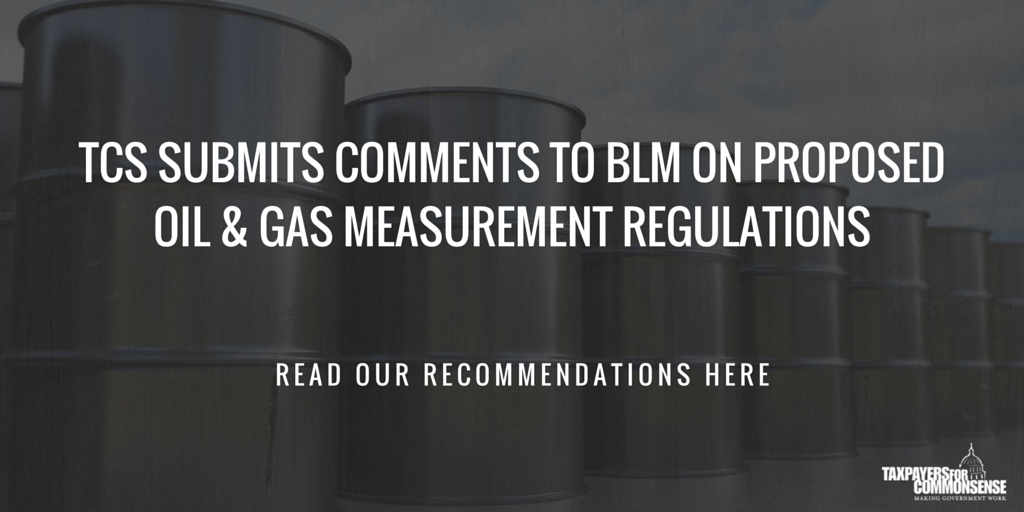
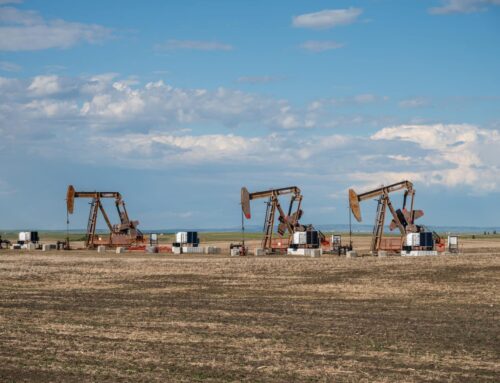
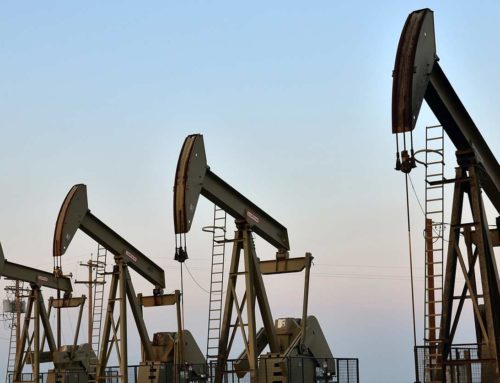
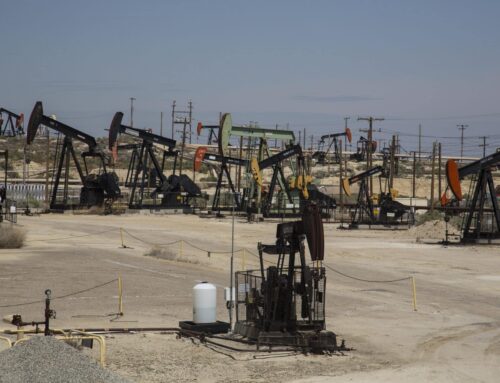
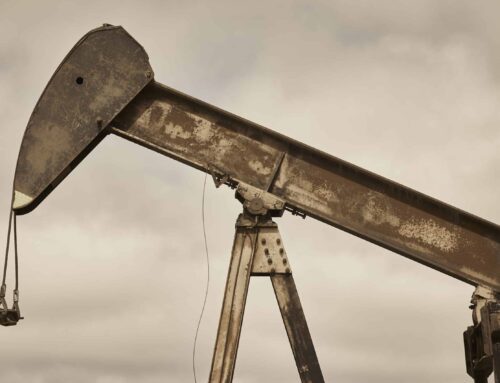
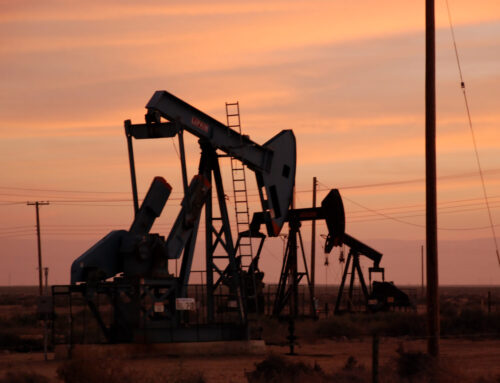
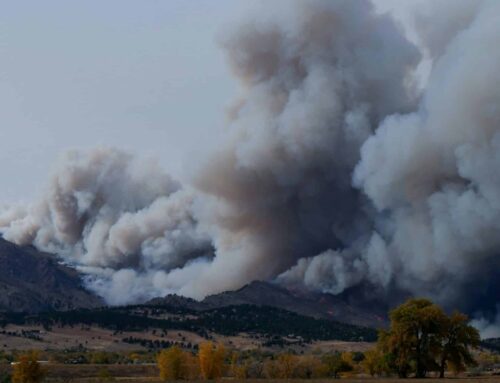





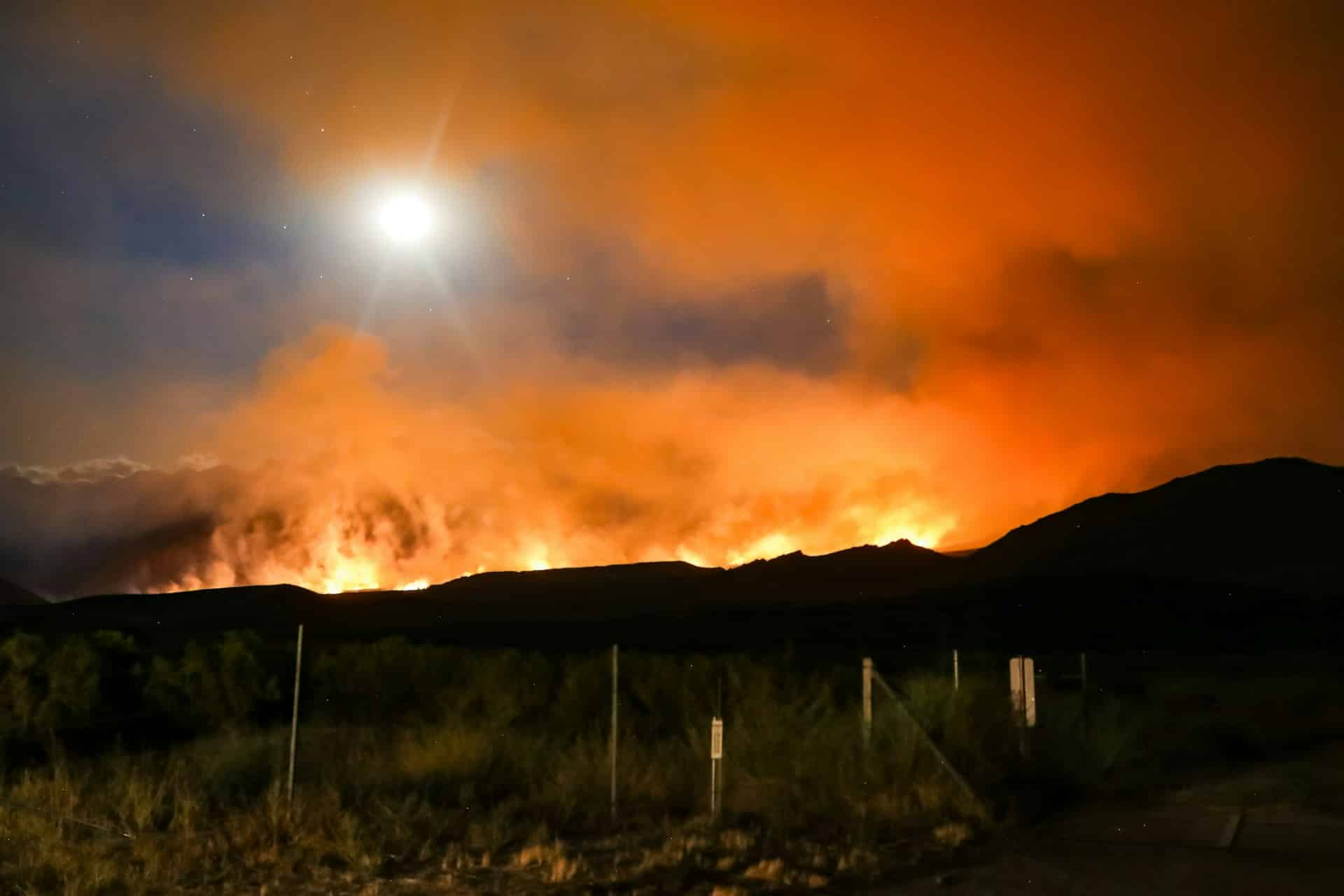
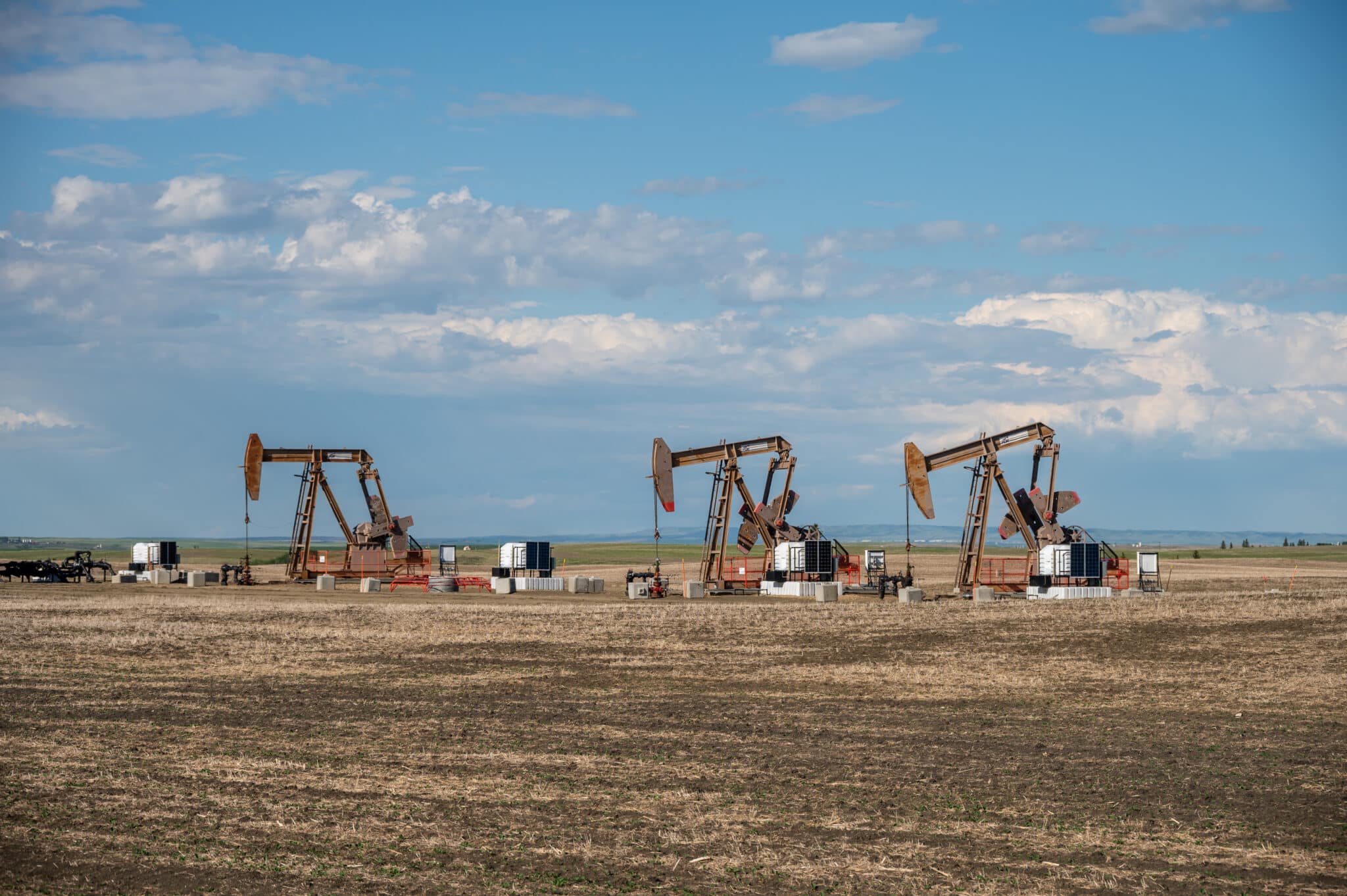
Get Social